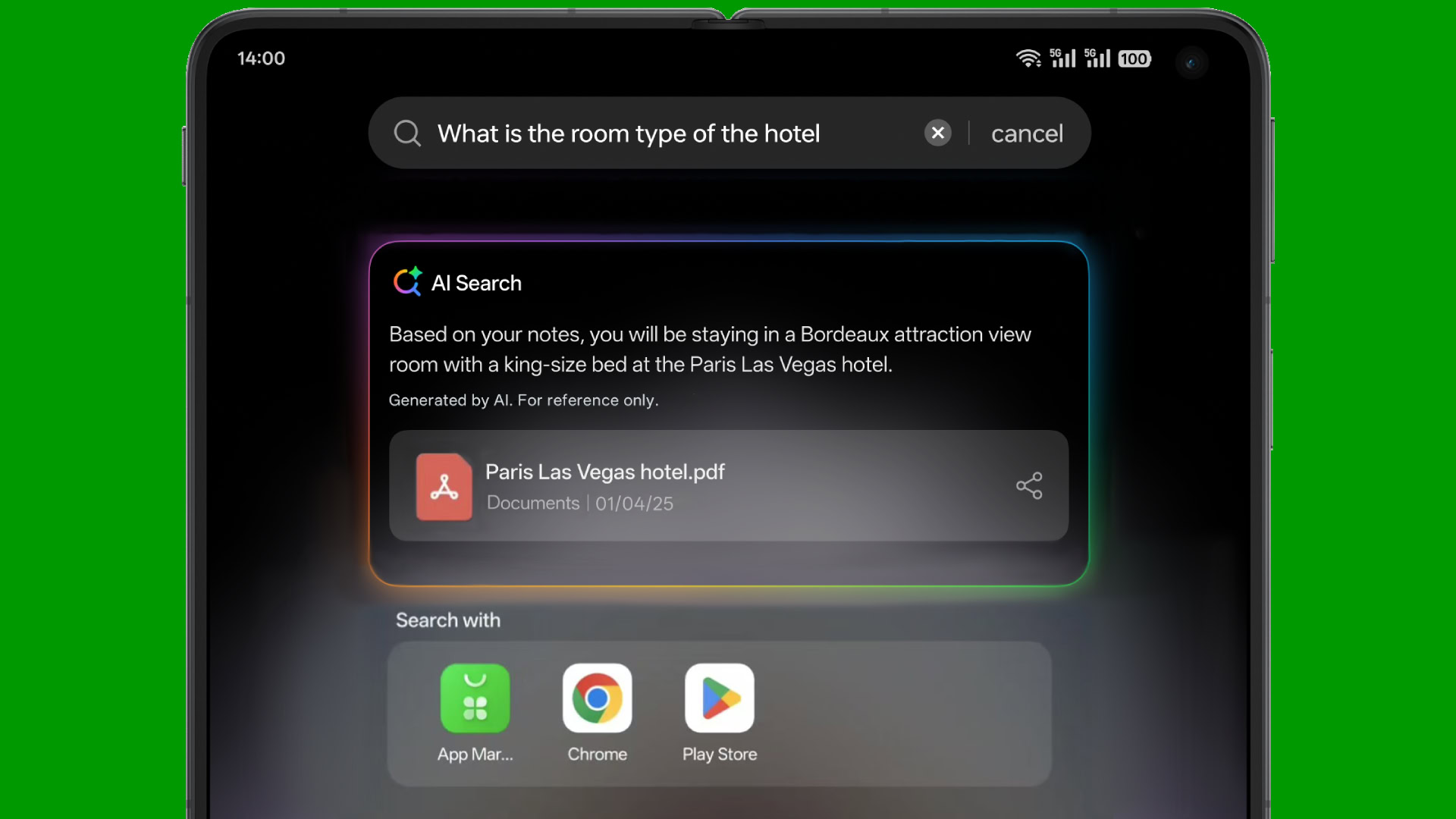All the latest
AI news
I moved and Gemini helped in surprising ways — but the final touch is missing
Mitja Rutnik13 hours ago
0
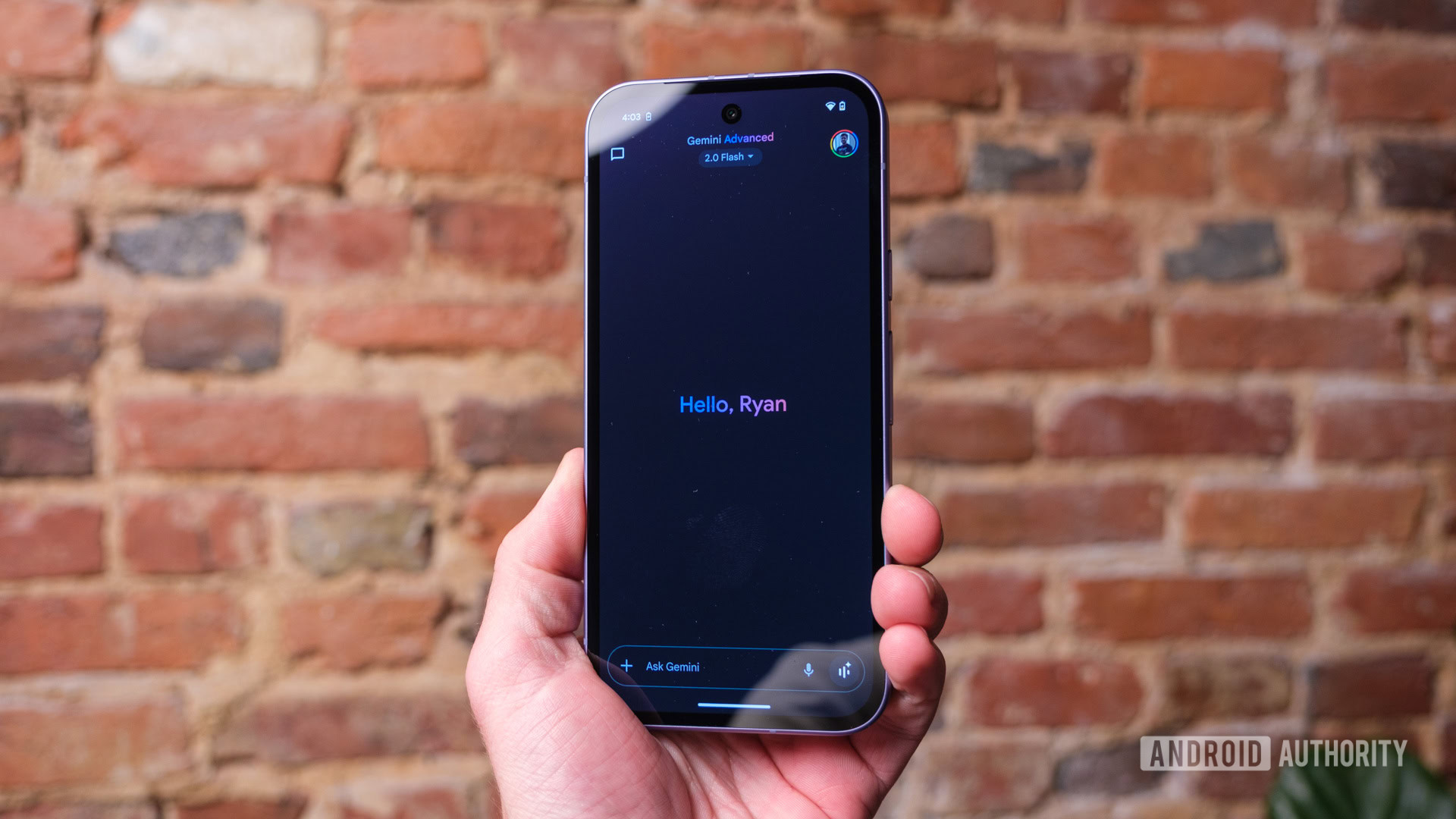
I asked ChatGPT to turn me into a Muppet, and it did not disappoint
Matt HorneApril 12, 2025
0

I have seen Google's AI version of The Wizard of Oz, and I'm still in shock
C. Scott BrownApril 9, 2025
0

I tried out Gemini's latest feature and you should too
Mitja RutnikApril 5, 2025
0
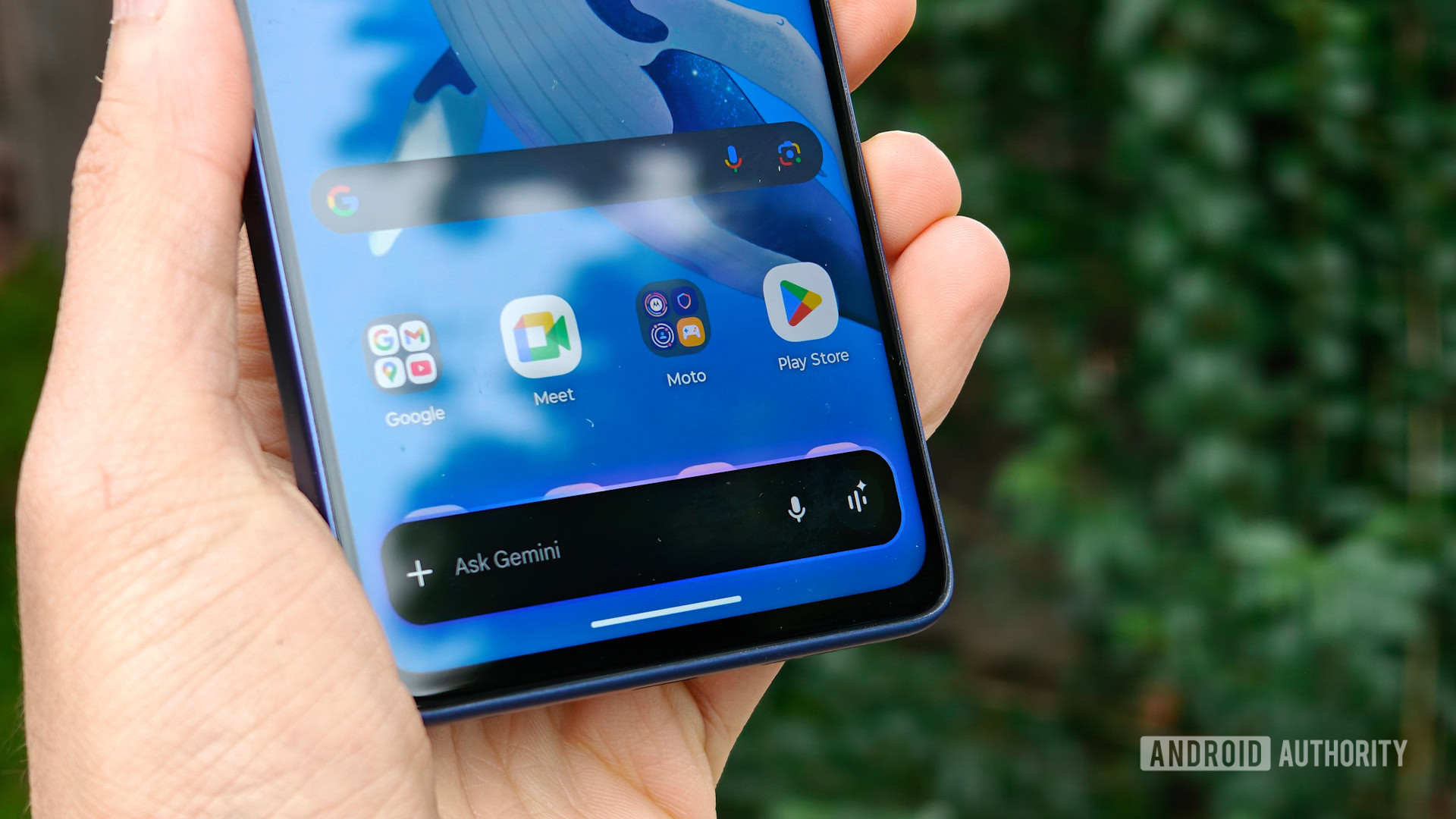
From dinner plans to DIY: Here's how our team really uses AI
Matt HorneApril 1, 2025
0

I tested Gemini's new Deep Research version and it's surprisingly good
Mitja RutnikMarch 31, 2025
0
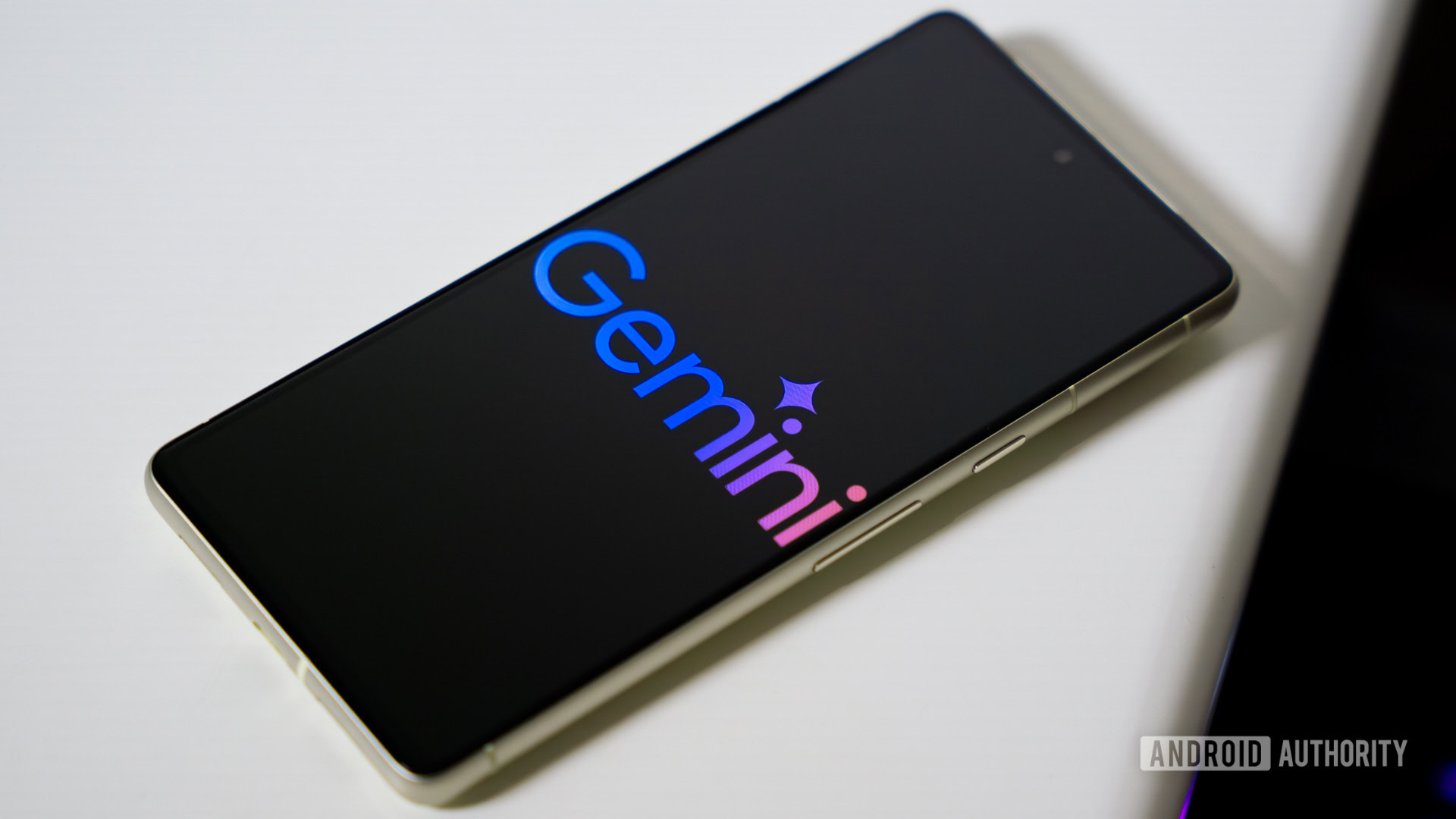
I gave Gemini my search history, and now I'm scared by how well it now knows me
Ryan HainesMarch 29, 2025
0
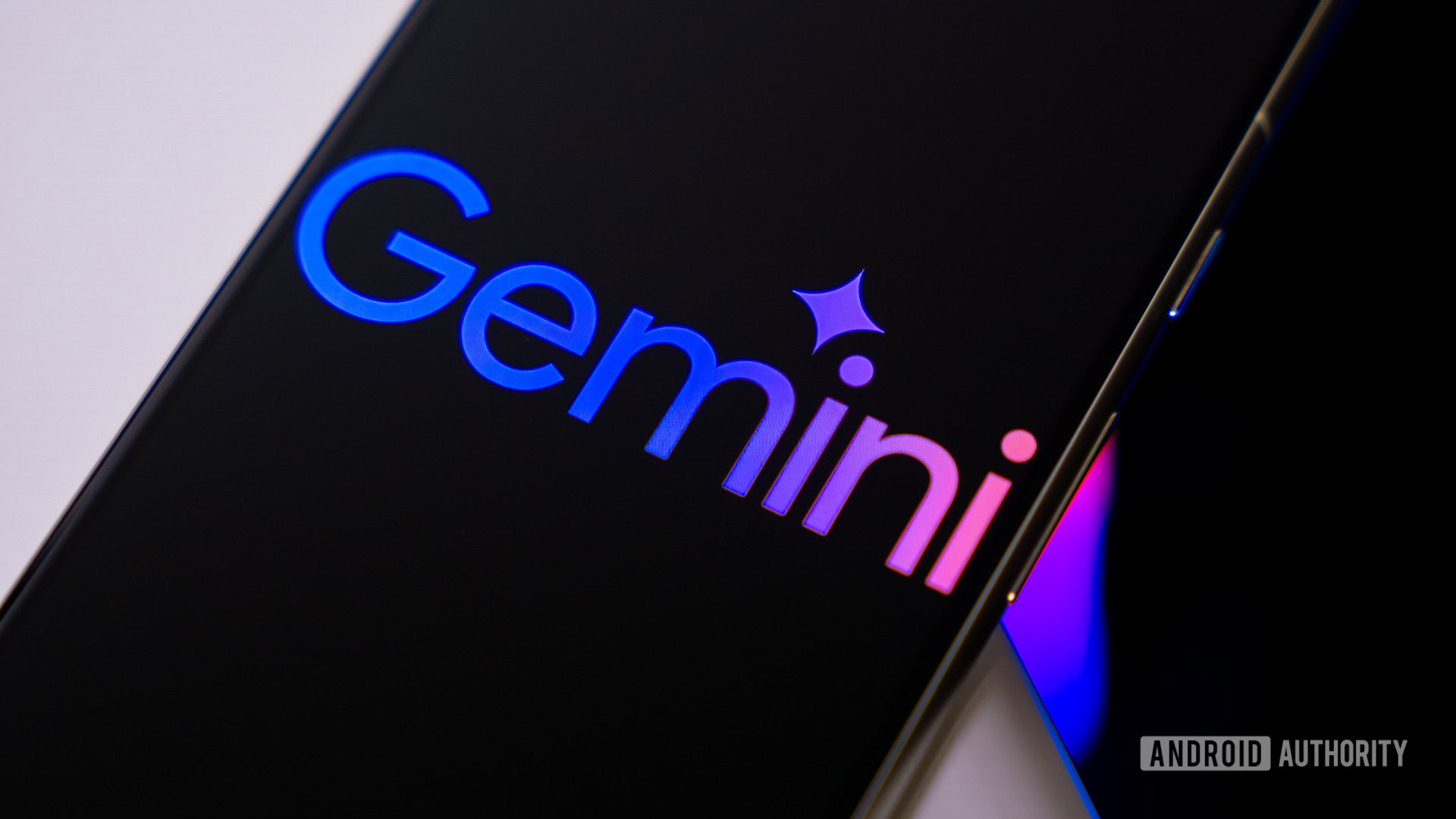
This dumb Gemini limitation makes me want to switch back to Google Assistant
Rita El KhouryMarch 26, 2025
0

I hate Gemini in my Gmail, so here's how I turned it off
Hadlee SimonsMarch 23, 2025
0

Gemini Live's multi-language skills have blown my socks off
Rita El KhouryMarch 22, 2025
0

Google One AI Premium is now free for college students: What you'll get, and how to sign up
Pranob Mehrotra8 hours ago
0
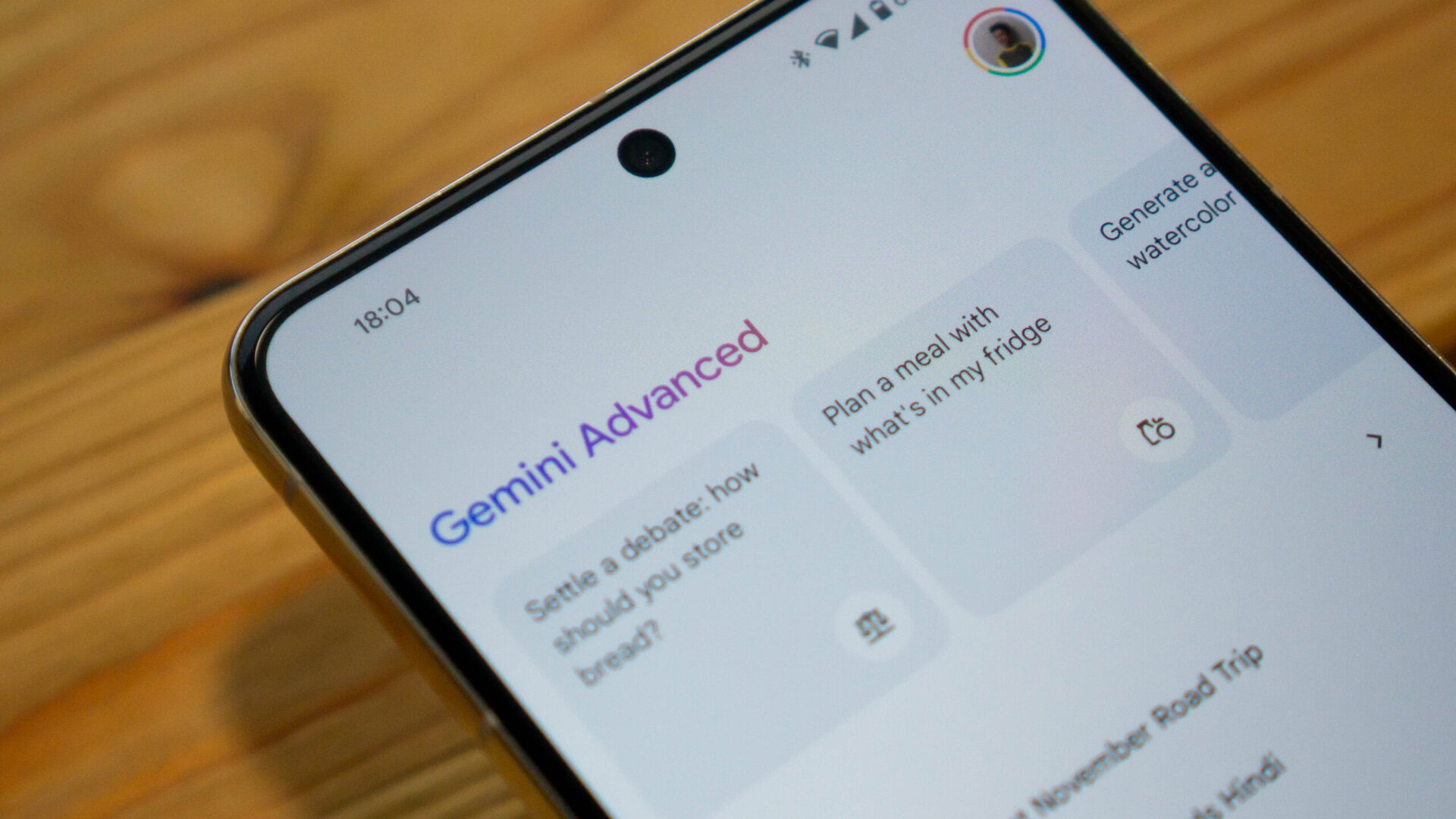
Gemini's best trick is now rolling out to all Android phones for free! (Updated)
Adamya Sharma9 hours ago
0

Samsung phones could soon let you ditch Gemini for this rising AI assistant
Adamya Sharma22 hours ago
0

ChatGPT just made it easier to access your old generated images
Ryan McNealApril 16, 2025
0

OpenAI may be turning ChatGPT into a social media platform
Rushil AgrawalApril 15, 2025
0

Don't want to pay for Gemini Advanced? You might still be able to generate videos (APK teardown)
C. Scott BrownApril 15, 2025
0
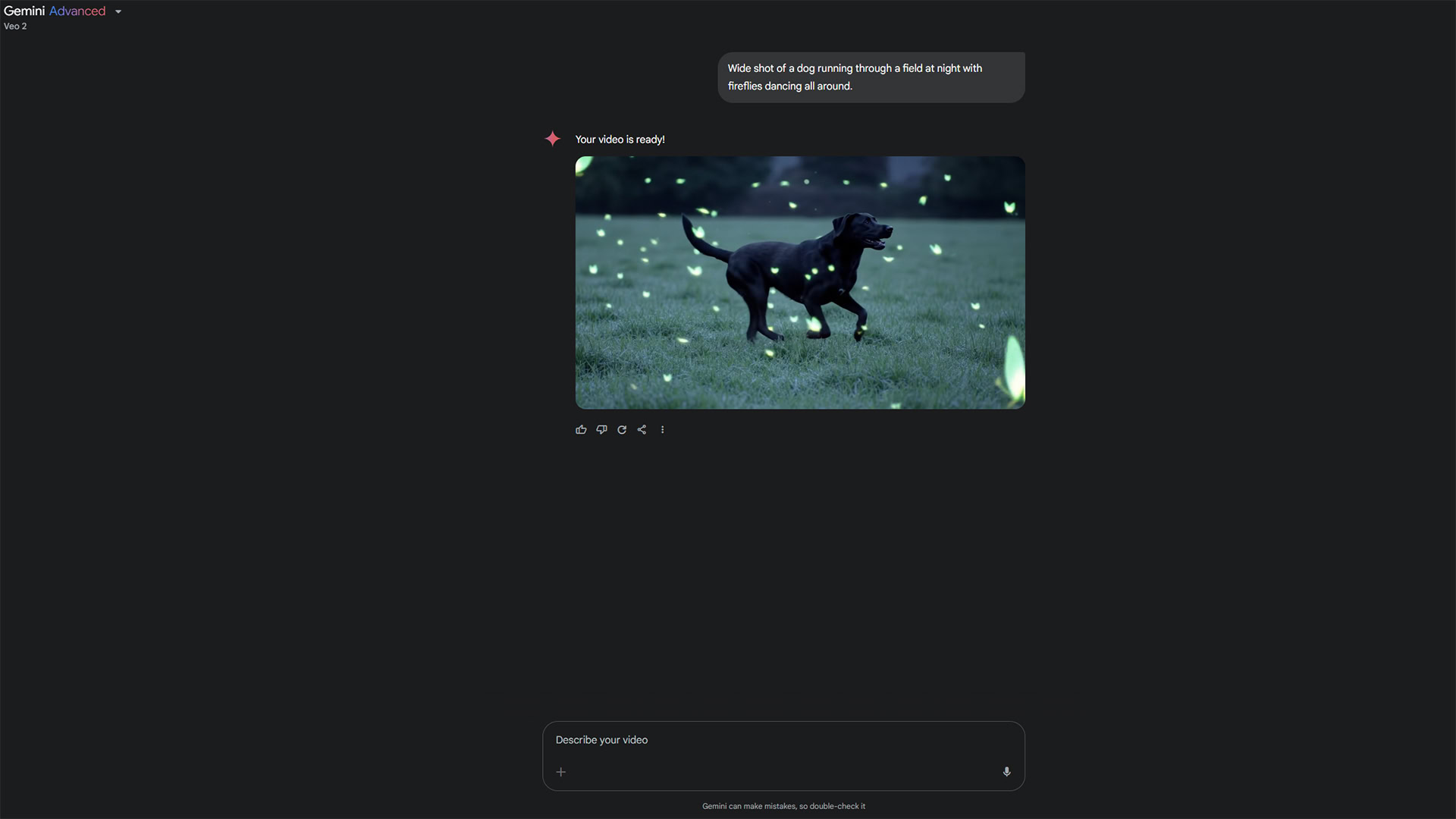
Google may add a Circle to Search-like feature to Gemini Live, and we tried it out (APK teardown)
Aamir SiddiquiApril 15, 2025
0
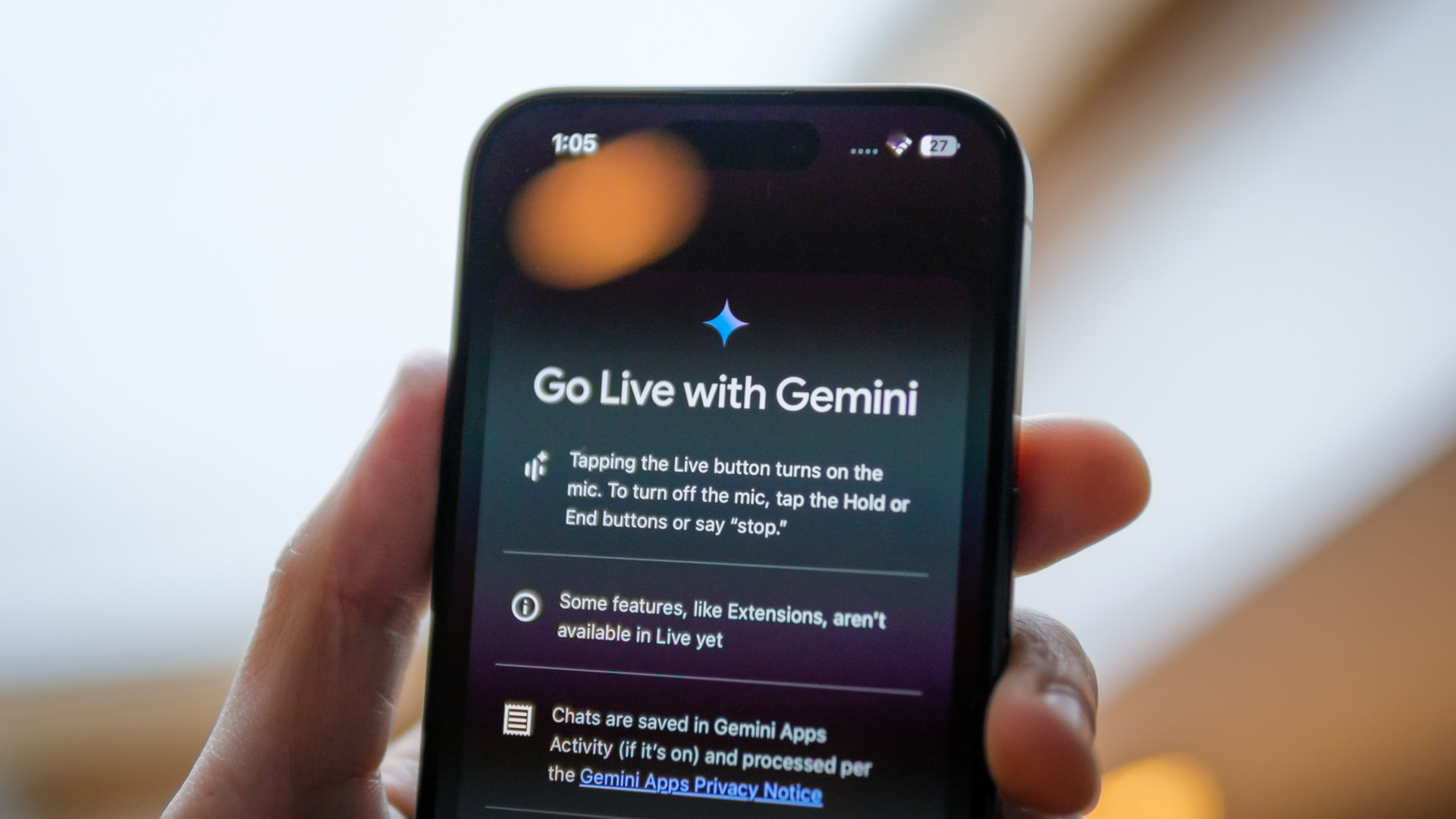
Gemini could soon be getting a new trick to automate your future (APK teardown)
Aamir SiddiquiApril 15, 2025
0

Forget Live Translate: Google is now using Pixel phones to talk to dolphins
Adamya SharmaApril 14, 2025
0

I wish Samsung's Galaxy AI search worked the way OPPO's does
C. Scott BrownApril 11, 2025
0
